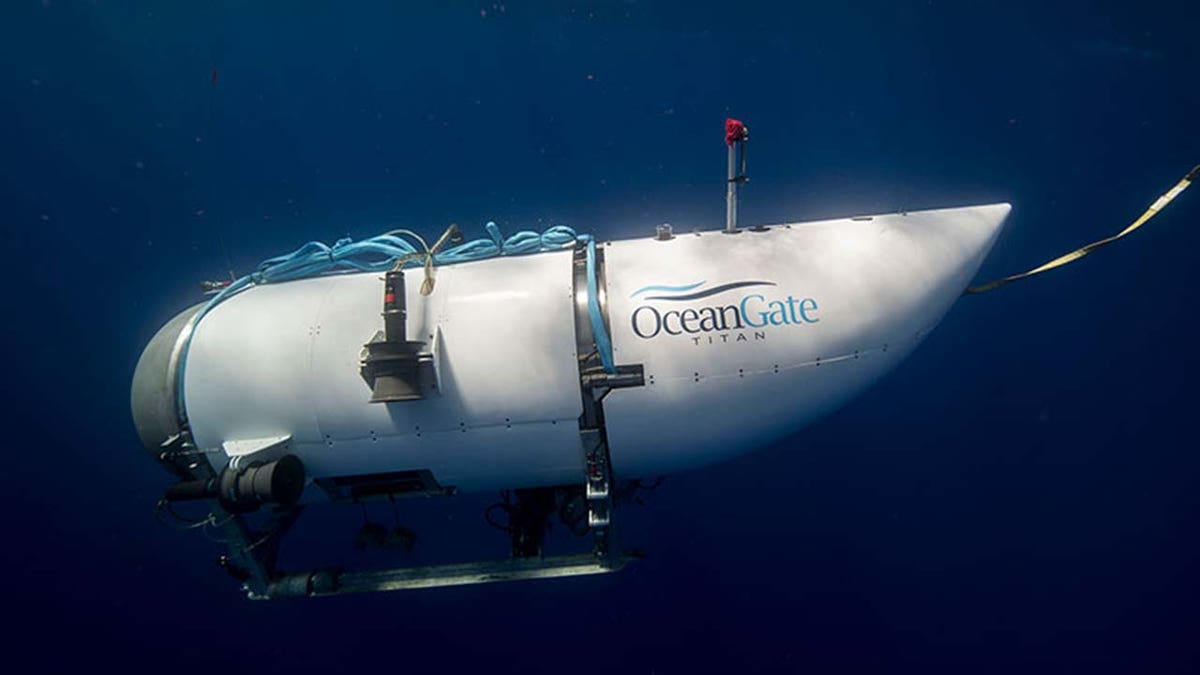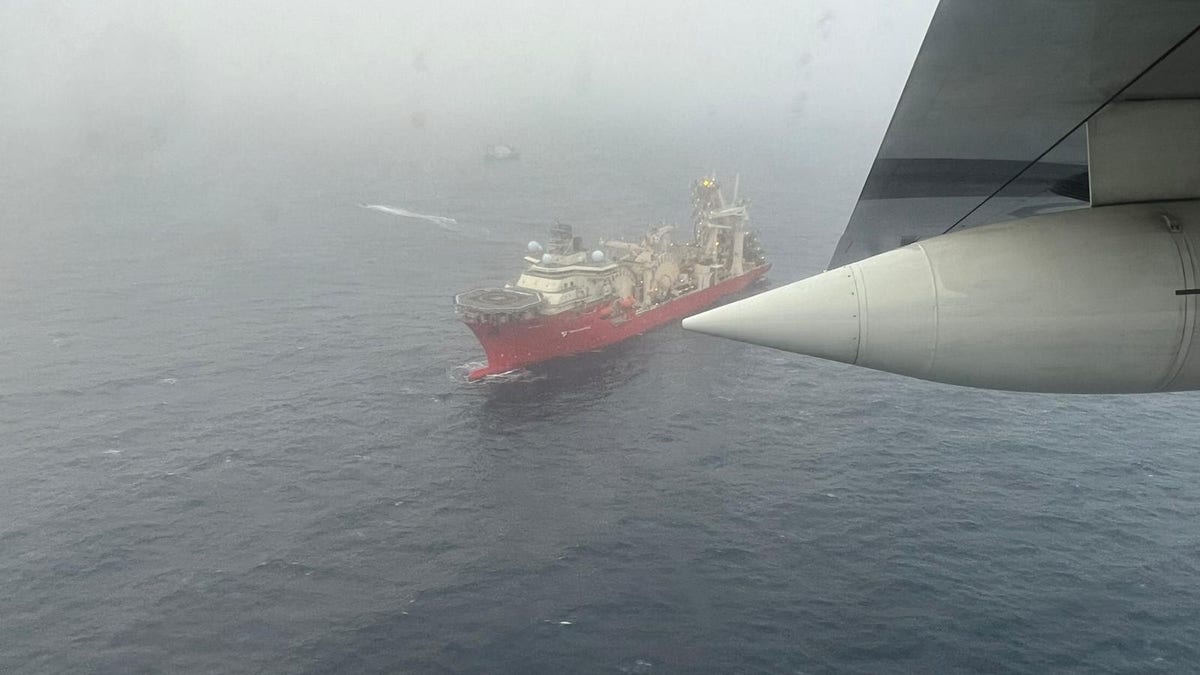Rescuers 'racing against time' to find missing submersible before oxygen supply runs out
Fox News correspondent Molly Line has more on the search to rescue the five individuals on the Titanic voyage on 'Special Report.'
BOSTON – Three new vessels arrived "on-scene" in the Atlantic Ocean Wednesday morning to join search and rescue efforts for the missing OceanGate Titan sub as the estimated oxygen supply on board continues to dwindle.
The U.S. Coast Guard said the new vessels bring additional tools to scan the ocean floor as they race against the clock to save the five people onboard: OceanGate CEO Stockton Rush, British businessman Hamish Harding, father-and-son Shahzada and Suleman Dawood, who are members of one of Pakistan’s wealthiest families, and Paul-Henry Nargeolet, a former French navy officer and leading Titanic expert.
"The John Cabot has side-scanning sonar capabilities and is conducting search patterns alongside the Skandi Vinland and the Atlantic Merlin," the Coast Guard said.
The John Cabot is a Canadian coast guard vessel, the Atlantic Merlin is a Canadian remotely operated vehicle (ROV), and the Skandi Vinland is a commercial ROV, authorities said. Several additional assets were still headed toward the search area.
MISSING SUB'S RESCUE UNLIKELY IN FRIGHTENING HUMAN DRAMA, SAY EXPERTS: ‘THE MATH IS NOT GREAT’

This file image provided by OceanGate shows the Titan submersible descending into the ocean. (OceanGate Expeditions)
USCG Capt. Jamie Frederick said Tuesday that the prime objective would be locating the missing sub, which vanished Sunday during an attempt to visit the wreck of the Titanic about 400 miles south of Newfoundland.
Naval and civilian assets from the U.S. and Canada have been searching an area the size of Connecticut for a 21-foot submersible that could be trapped at the ocean floor.
SEARCH FOR MISSING TITANIC TOURIST SUB CONTINUES IN RACE AGAINST TIME
Whether "on-scene" meant that wide swath of sea or something more specific was not immediately clear. The Coast Guard did not immediately respond to questions from Fox News Digital Wednesday morning.

Search and rescue teams have been sweeping an area of the Atlantic Ocean the size of Connecticut in the search for the missing OceanGate Titan sub, which vanished during an attempt to dive to the wreck of the Titanic 400 miles south of Newfoundland, Canada. (US Coast Guard)
If they find it intact, the race is on, however the Coast Guard would not confirm that the noises came from someone "banging" or "tapping."
Any rescue attempt at depths as low as the Titanic would be "unprecedented," according to Dr. Brendan Englot, an expert on undersea robotics at the Stevens Institute of Technology in New Jersey.
SUBMERSIBLE SCIENTIST FEARS OCEANGATE MAY HAVE SUFFERED CATASTROPHIC IMPLOSION: ‘DEEPLY WORRISOME'

The U.S. Coast Guard shared this aerial photo of the vessel Deep Energy -- the first imagery the USCG has released of the search for the missing Titan sub 900 miles east of Cape Cod. (US Coast Guard)
"The kind of rescues that have been successful have occurred at much shallower depths," he said – between 2,000 and 5,000 feet below sea level. "Here you're talking something that is 13,000 feet down – much, much higher pressures. If this vessel is in fact at the bottom, that would be unprecedented."
Submarines are typically not designed to dive as low as the Titan, a custom-built submersible for deep ocean exploration.
One possible rescue could involve the use of ROVs, which are currently used for deep oil rig construction and laying cables along the ocean floor, Englot said.
CLICK HERE TO GET THE FOX NEWS APP
"Those kind of ROVs have arms that have sophisticated grasping and manipulation capability," he said. "Hypothetically, if you could have a few of those grip the vehicle and try to pull it up to a shallower depth, maybe that’s what a rescue might look like."
However, it could take days to get them into place, unless they are nearby already, he said. On the bright side, once on location, the Titan itself, when functioning properly, is able to rise to the surface in just over 2 hours, so retrieval with the right tools could happen in a similar timeframe.
Fox News' Courtney De George contributed to this report.





















